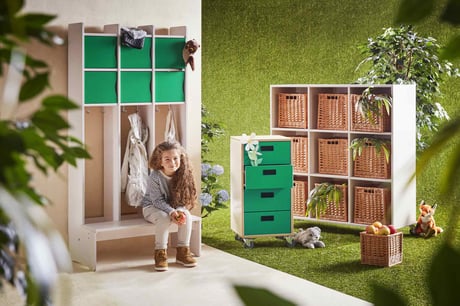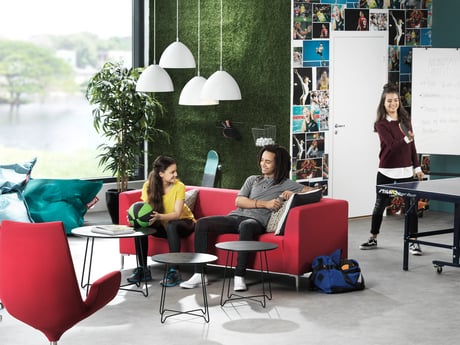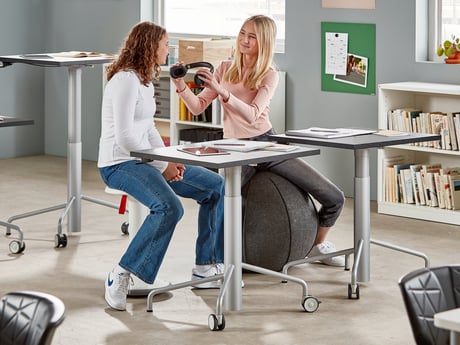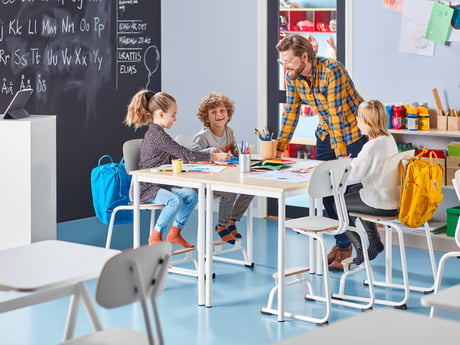- AJ Products UK
- Blog: Tips to Inspire Happiness at Work
- Improving the work environment
- Why whiteboards are still the best choice for your classroom
Why whiteboards are still the best choice for your classroom
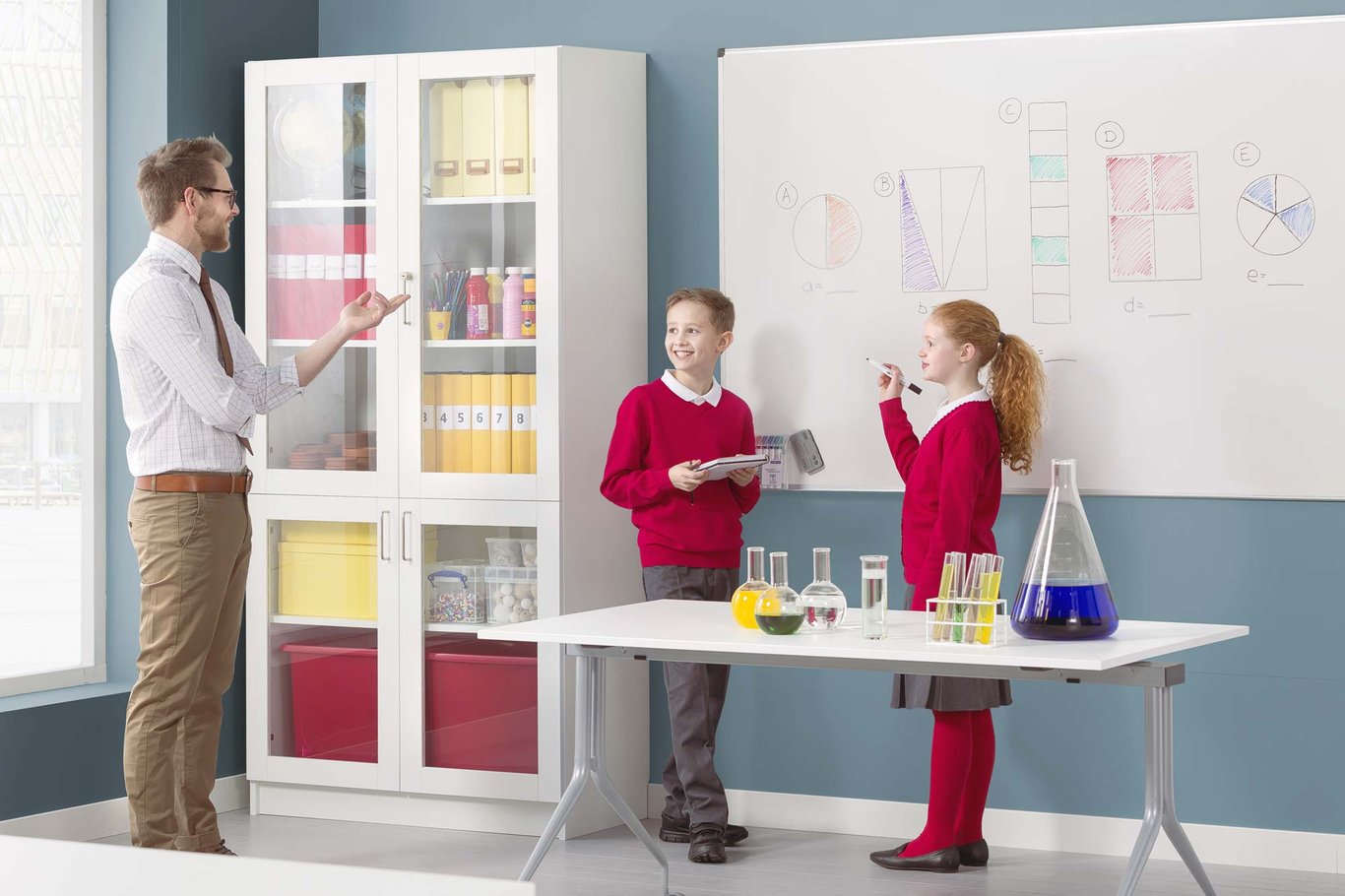
Although interactive whiteboards are becoming increasingly popular, dry-erase boards still have a place in the classroom. Not only are they far more budget friendly, but you’ll never have to worry about technology failing at a critical moment with a dry-wipe whiteboard!
So, how can you use a whiteboard to support your lessons?
What to remember when using your whiteboard
Make sure your students have a clear view of the board no matter where they are sitting in the classroom. Once you have written on the board, move out of the way so that students can see.
Write clearly and make sure the words are big enough so that children at the back of the classroom can read them. Ensure you use a whiteboard pen in a colour that is easy for everyone to see. Check your spelling and grammar as you write so that pupils don’t copy down any mistakes.
Don't turn your back on the class for too long. Learn to write on the board while still keeping an eye on your class so that they don’t start misbehaving!
Check that all your students have finished copying and are ready for you to erase what you’ve written before you clean the board.
How to organise your whiteboard
Set a good example for your students by keeping the whiteboard neat and tidy. A good way to do this is by dividing it into sections. Use one part of the board for your class activities; this is the part of the board that you will use during the class itself for notes, exercises, etc. and which will be erased either during or after the lesson. Reserve another part for things you want to keep displayed throughout the class or day, such as the date, basic aims of the lesson or a vocabulary list. How you split the board is up to you but think about what might work best for your class. With younger pupils, it’s best to keep the lower part of the board free so that students can reach to write on it.
What can you use your whiteboard to do?
- Brainstorm ideas using spider diagrams.
- Write out passages of text for the class to copy down.
- Note down key pieces of information, such as names and dates, when teaching orally.
- Write up new vocabulary and demonstrate grammar points.
- Give instructions such as which page to turn to and which exercises to do from the textbook to save you from repeating yourself!
- Organise group work by writing up the names of the students who should be working together.
- Aid group work by having pupils present their ideas to the rest of the class.
- Support oral discussions by noting down suggestions and arguments from the students.
- Play games with your class as a fun way to start and end lessons; hangman, noughts and crosses and word games are popular with pupils as well as educational.
- Display pictures and flashcards on magnetic whiteboards to support your lesson with visual materials.
- Keep track of your lesson plan and objectives, and share this with the class so that they can give feedback and be aware of their own progress.
Use your whiteboard to make your lessons as interactive as possible. Get pupils involved by asking them to come up to the front of the class and write or draw on the board. A whiteboard is far more than just a simple support tool, it is a way to engage students in lessons and encourage class participation.
